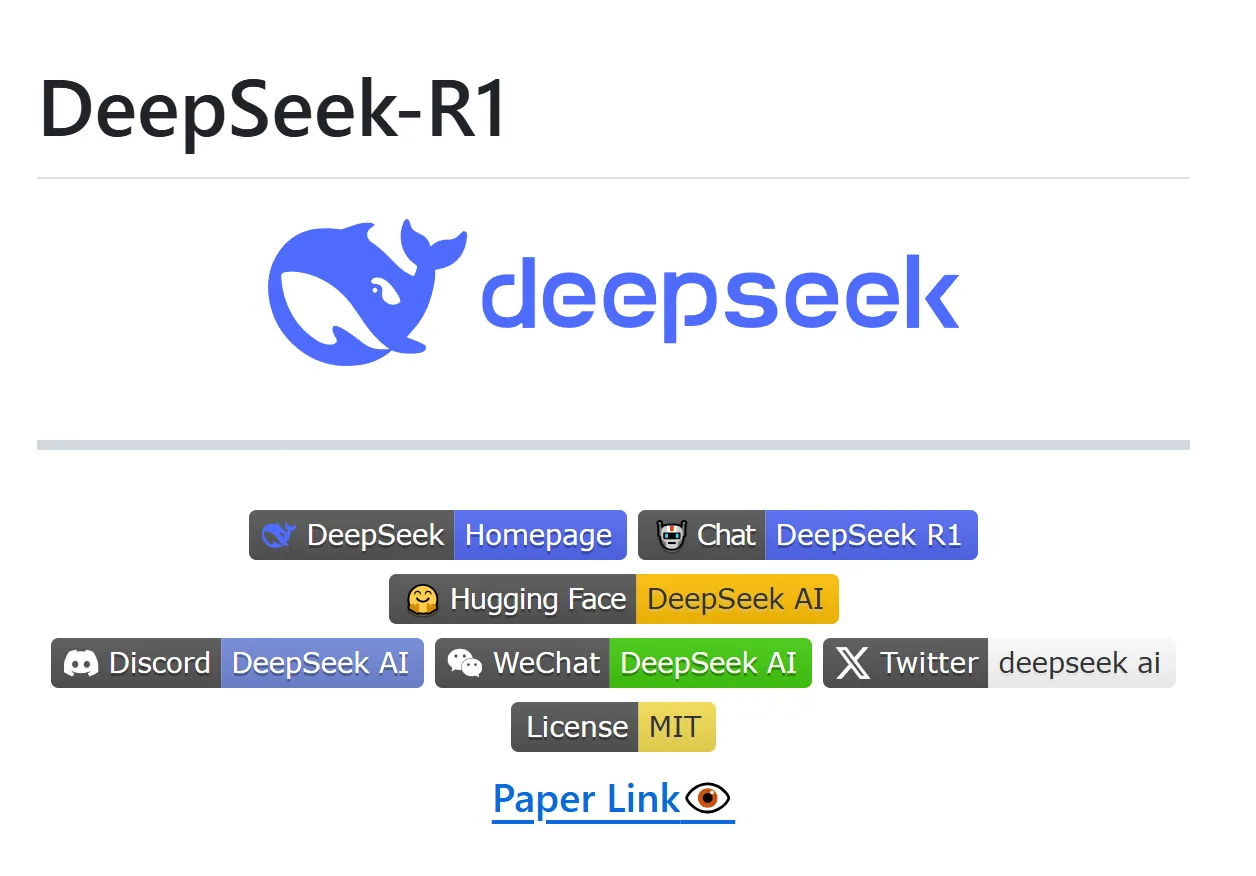Build a Real-Time AI Chat with DeepSeek R1: Full Integration Guide
Discover how to create interactive online chat systems using DeepSeek R1. This guide walks through session management, streaming responses, and building intelligent assistants with memory.

Getting Started with DeepSeek R1 for Chat Applications
DeepSeek R1 is not only powerful for code generation but also highly effective in building real-time conversational agents. Whether you're developing a customer support bot, a personal assistant, or an internal developer tool, DeepSeek R1 offers the performance and flexibility needed for modern chat systems. See how DeepSeek R1 compares to competitors.
You can interact with DeepSeek R1 through its official web interface:
Or via third-party platforms such as:
- HuggingFace Spaces
- Custom-built UI wrappers
Advantages of Browser-Based Tools
- No setup required – ideal for demos or quick testing
- Good for exploratory use – great for understanding model behavior
Limitations to Consider
- Rate limits may affect high-traffic apps
- Latency and customization limitations make them unsuitable for production-grade deployments
Building a Real-Time Chat Application with DeepSeek API
For full control over your chat experience, integrate the DeepSeek API into your backend. Here's how to set up a basic chat system that supports streaming responses and maintains conversation history.
Step 1: Initialize a Session with Memory
To maintain context across messages, store previous interactions in a session object:
import openai
client = openai.OpenAI(
base_url="https://api.deepseek.com/v1",
api_key="your_api_key"
)
messages = [
{"role": "system", "content": "You are a helpful assistant."},
{"role": "user", "content": "What is your name?"}
]
Step 2: Stream Responses in Real Time
Streaming allows users to receive partial results instantly:
response = client.chat.completions.create(
model="deepseek-chat",
messages=messages,
stream=True
)
for chunk in response:
if chunk.choices[0].delta.content:
print(chunk.choices[0].delta.content, end="")
This feature mimics natural human conversation and enhances user engagement.
Use Cases for Real-Time AI Chat
| Use Case | Description |
|---|---|
| Developer Copilot | Code suggestions, debugging help |
| Customer Support Chatbot | Answer FAQs, route complex issues |
| Data Exploration Agent | Help users query datasets in natural language |
Each of these applications benefits from DeepSeek R1's strong context handling and fluent dialogue generation capabilities.
Best Practices for Production Deployment
- Use session tokens to preserve conversation history.
- Implement rate limiting and caching to manage API costs.
- Add fallback logic for when the model returns ambiguous or incomplete answers.
For more implementation details, refer to the DeepSeek API documentation. Explore DeepSeek's licensing and costs.
By integrating DeepSeek R1, developers can build responsive, intelligent, and scalable chat applications. Whether you're starting with the browser interface or building a custom backend, this guide provides the foundation to create engaging AI-powered conversations. Compare DeepSeek's training costs and budgeting.